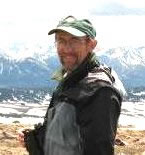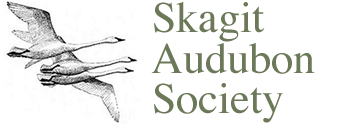 By Tim Manns
By Tim Manns
At this writing, Earth Day’s 50th anniversary on April 22nd is a few days away. The first Earth Day marked the awakening of many people to environmental degradation and the threat it poses to all living things, people included. A half century later, politics around environmental protection vividly reveal the fragility of many long-standing environmental regulations. It still seems beyond the grasp of many people that protecting the planet is in human’s self-interest as well as simply the right thing to do.
Environmental protection became law in the 1970’s because enough people demanded it. The organized power of individual voices can win the day now too. In 1970, the U.S. population was 203 million. Today there are 330 million of us, and world population has more than doubled from 3.7 billion to about 7.8. Making room for people has meant huge habitat loss for other inhabitants of this shared, finite planet and a stunning decrease in natural abundance. We humans are innately attuned to a shifting baseline of what’s normal and natural, taking what we experience as the way it’s always been. We can only read about how incredibly abundant wildlife was in North America long ago; in our hearts we can’t truly miss what we never knew. What we can do is acknowledge that what natural abundance and diversity remain must not be taken for granted, and we can and must act to protect and restore habitats and species. The clouds of Snow Geese and ducks, great flocks of swans, and many hundreds of Great Blue Herons in the March Point Heronry: these are among the few examples around us of a once much greater and wider abundance. Changes in climate and land use are among the causes of the concentrations of birds we see. Other human-induced changes, or failures to act, could as readily end this remaining abundance.
A case in point: Some months ago the Skagit County Planning Commission voted against recommending that the County Commissioners amend code to better protect heronries. A principal argument was that herons are common, need no protection, and can readily find other nesting areas if March Point were abandoned. Skagit Audubon and other conservation organizations need to continually and energetically counter such shortsightedness and blindness to the arc of wildlife loss all over the planet. We can never assume that conditions as they are today will continue. It is urgent now, and always will be, to counter the roll-back of environmental protections and to expand protection as quickly as possible in the face of climate change and human population growth.
In April, Skagit Audubon joined Skagit Land Trust and many of you in urging the Department of Ecology (DOE) to be much more deliberative in approaching the important cleanup of the old March Point Landfill. Many toxins polluting Padilla Bay were dumped here from 1950 to 1973. The March Point Heronry, whose over 650 nests make it the largest in the western U.S., lies directly across the road. If DOE is not sufficiently careful in the cleanup work the birds could abandon the heronry even with chicks in the nests. The Planning Commission’s notion that herons can simply move elsewhere is fantasy. Sometime in the months ahead, Skagit County’ three Commissioners will meet to ponder the Planning Commission’s “do nothing” recommendation. Two votes will decide whether the largest heronry in the western U.S. gets serious protection. We’ll try to alert you when the decision point is nearing so you can let the Commissioners know how you feel. Let’s not risk losing this reminder of America’s once much greater natural abundance. For other issues Skagit Audubon is tracking go to Conservation Notes on the Skagit Audubon website (https://www.skagitaudubon.org/). To regularly receive these monthly notes and alerts on local issues, contact Tim Manns (conservation@skagitaudubon.org).



